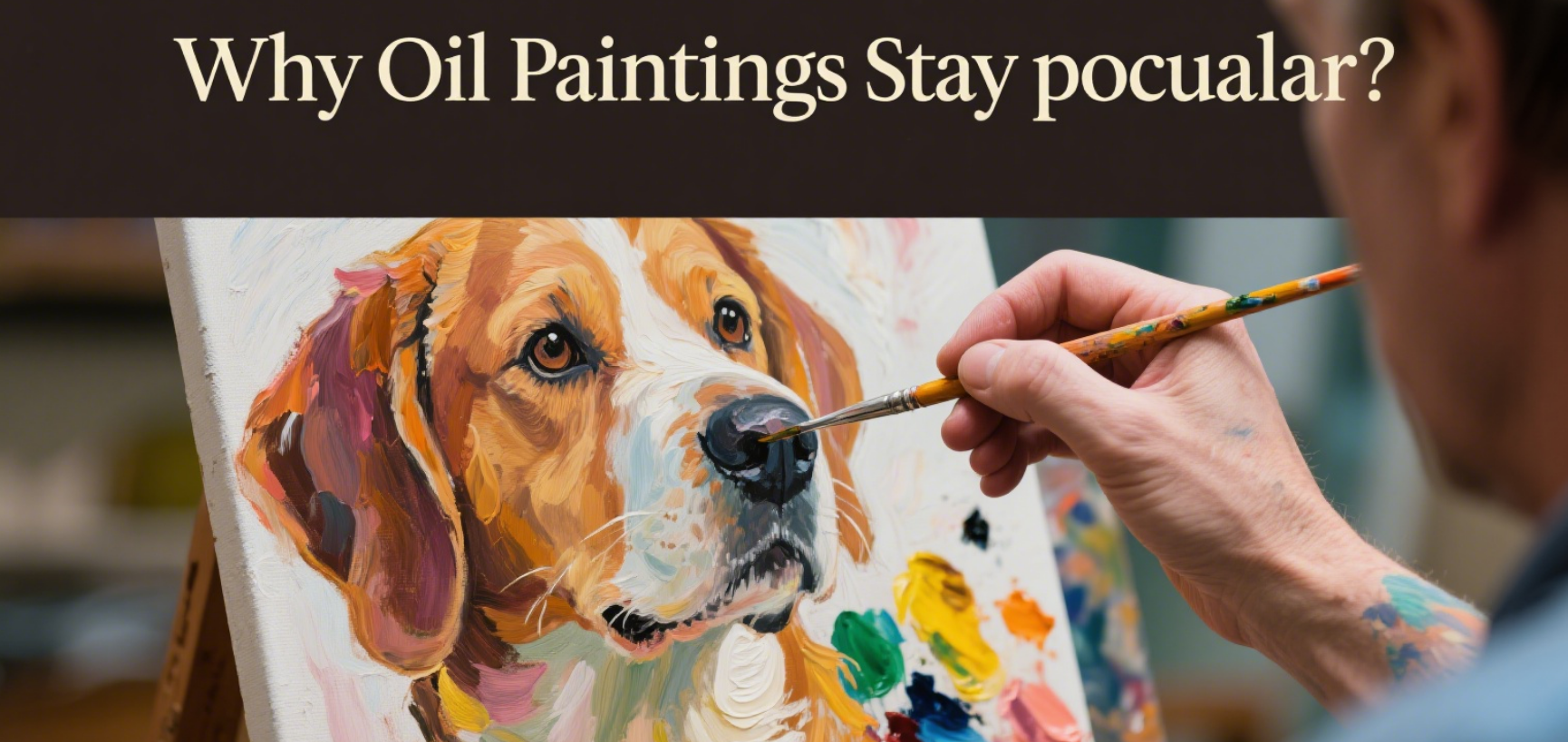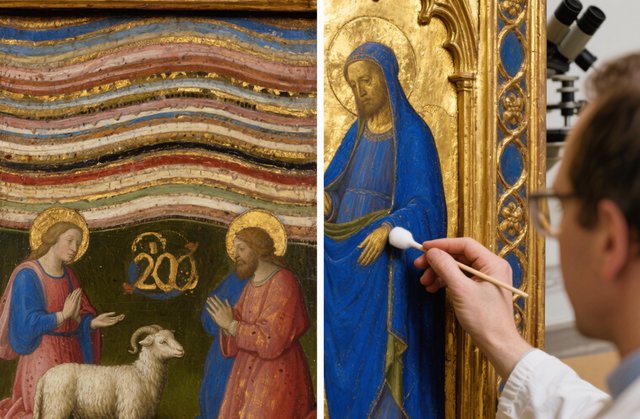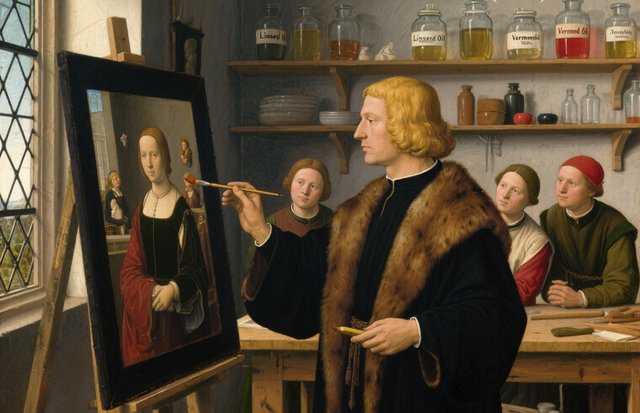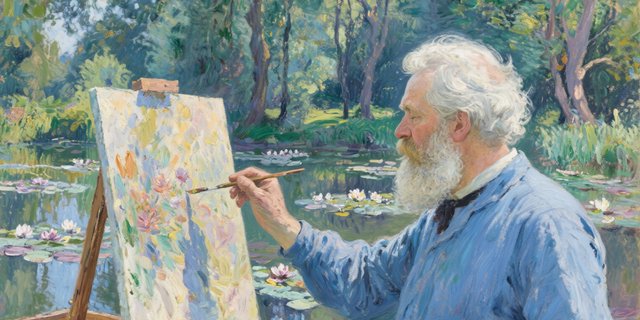Why Oil Paintings Stay Unbelievably Popular? 5 Surprising Reasons You Need to Know

Walk into any art gallery, luxury home, or even a cozy café, and you’re likely to spot an Oil painting. These works have hung on walls for centuries, yet they never feel outdated. Why do oil paintings remain such a beloved choice, even in a digital age? Let’s break down the surprising reasons behind their enduring fame.
1. Unmatched Depth and Richness of Color Oil paints are mixed with pigments and a slow-drying oil base (usually linseed oil), which gives Artists unparalleled control over color. Unlike watercolors that fade or acrylics that dry quickly, oil paints stay workable for days. This allows artists to layer hues, blend tones, and create gradients that feel alive.
A single oil painting can contain dozens of subtle color variations—think the soft glow of a sunset or the warm browns in a pet’s fur. These nuances make oil paintings feel more lifelike than other mediums. It’s no wonder art lovers often say oil pieces “pop” in a room; their colors don’t just sit on the canvas—they breathe.
2. Timeless Durability That Lasts Generations Ever wondered why Renaissance masterpieces still look vibrant? Oil paintings are built to last. The slow-drying process creates a tough, flexible surface that resists cracking over time. With basic care (avoiding direct sunlight, controlling humidity), an oil painting can stay in excellent condition for centuries.
Compare that to digital prints, which fade in decades, or watercolors, which are prone to water damage. For many, an oil painting isn’t just decor—it’s an heirloom. Families pass down oil portraits of ancestors, and collectors prize vintage oil landscapes for their ability to stand the test of time.
3. Emotional Connection Through Texture Oil paintings aren’t flat—they have texture. Artists can build up thick layers of paint (a technique called impasto) to create raised details, from the rough bark of a tree to the soft folds of a dress. This physical dimension makes the art feel tangible, almost touchable.
This texture also plays with light. As sunlight shifts, the raised areas cast tiny shadows, making the painting look different throughout the day. It’s a dynamic experience that draws viewers in, creating a deeper emotional bond. A digital art piece might look sharp, but it can’t replicate the way an oil painting changes with the light.
4. Versatility for Every Style and Subject Oil paints adapt to any artistic vision. Want a hyper-realistic portrait of your dog? Oil can capture every whisker. Prefer a bold, abstract piece? The thick paint handles bold strokes perfectly. From classic religious scenes to modern street art, oil works for it all.
This versatility means there’s an oil painting for every taste. Whether you love minimalist designs or ornate landscapes, you’ll find an oil piece that fits your space. It’s why interior designers often recommend oil paintings—they complement both traditional and contemporary decor.
5. The “Handmade” Factor in a Digital World In a time when most art is created or consumed on screens, hand-painted oil works feel special. Each brushstroke is unique—no two oil paintings are exactly alike, even if they’re copies of the same scene. This uniqueness adds value.
People crave authenticity, and an oil painting is a physical reminder of an artist’s skill and time. When you buy an oil painting, you’re not just getting art—you’re getting a piece of someone’s craft. It’s why custom oil portraits (like those of pets or families) are so popular: they’re personal, one-of-a-kind, and full of human touch. How to Choose the Perfect Oil Painting for You Not sure where to start? Here’s a quick guide:
Consider your space: Large oil paintings make a statement in living rooms, while smaller ones work well in bedrooms or offices. Match the mood: Warm tones (oranges, reds) add energy, while cool tones (blues, greens) create calm. Check quality: Look for thick, even brushstrokes and vibrant colors—signs of skilled work.
Use the table below to compare oil paintings with other mediums:
Medium Color Depth Durability Texture Uniqueness Oil Painting Excellent 100+ years High Very High Acrylic Good 50-70 years Medium Medium Watercolor Light 30-50 years Low Medium Digital Art Variable 20-30 years None Low
Oil paintings have stood the test of time for good reason. They offer color, durability, texture, versatility, and that irreplaceable human touch. Whether you’re a collector, a homeowner, or someone looking to preserve a memory, an oil painting isn’t just art—it’s an investment in beauty that will last.
Ready to find your perfect oil piece? Explore the curated collection at theArtPaint.com, where every stroke tells a story.




